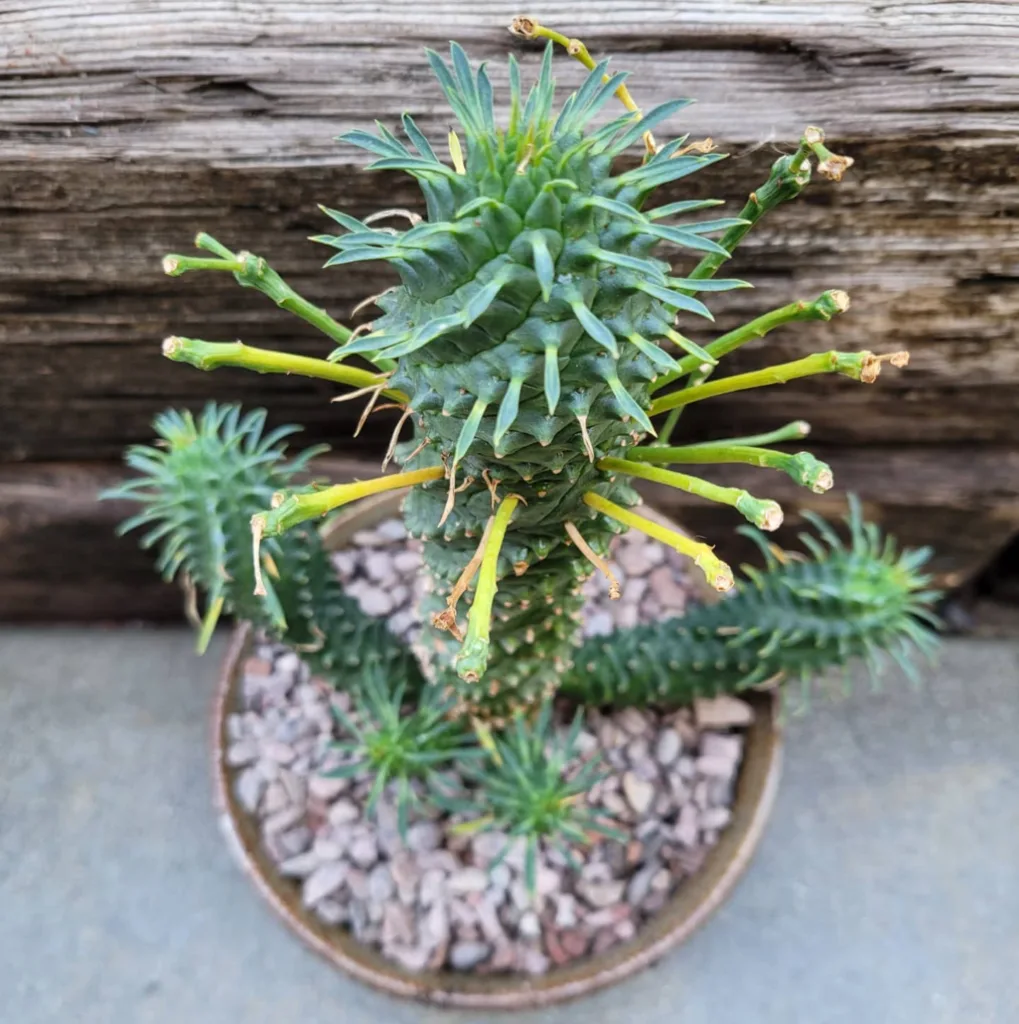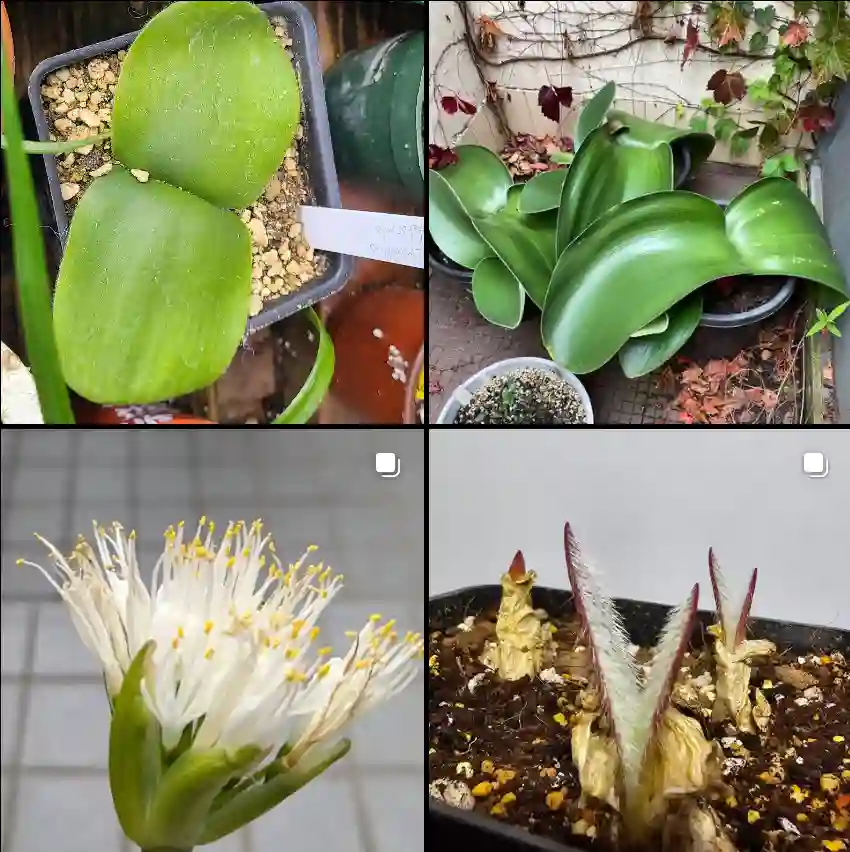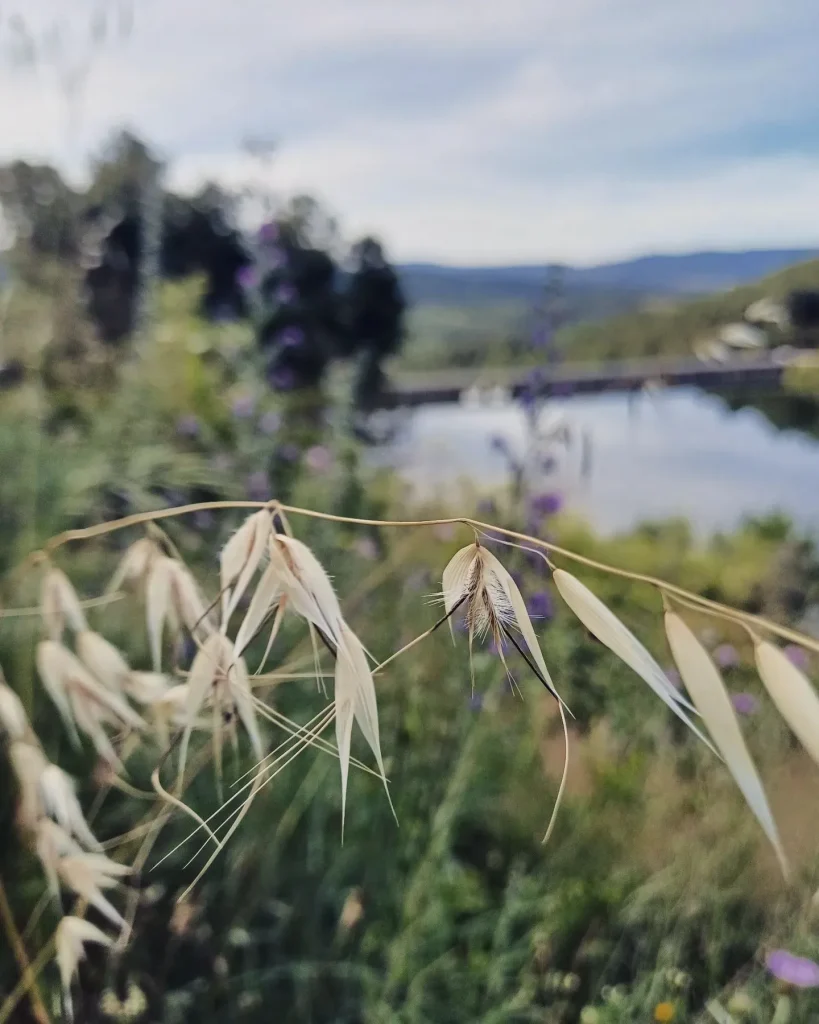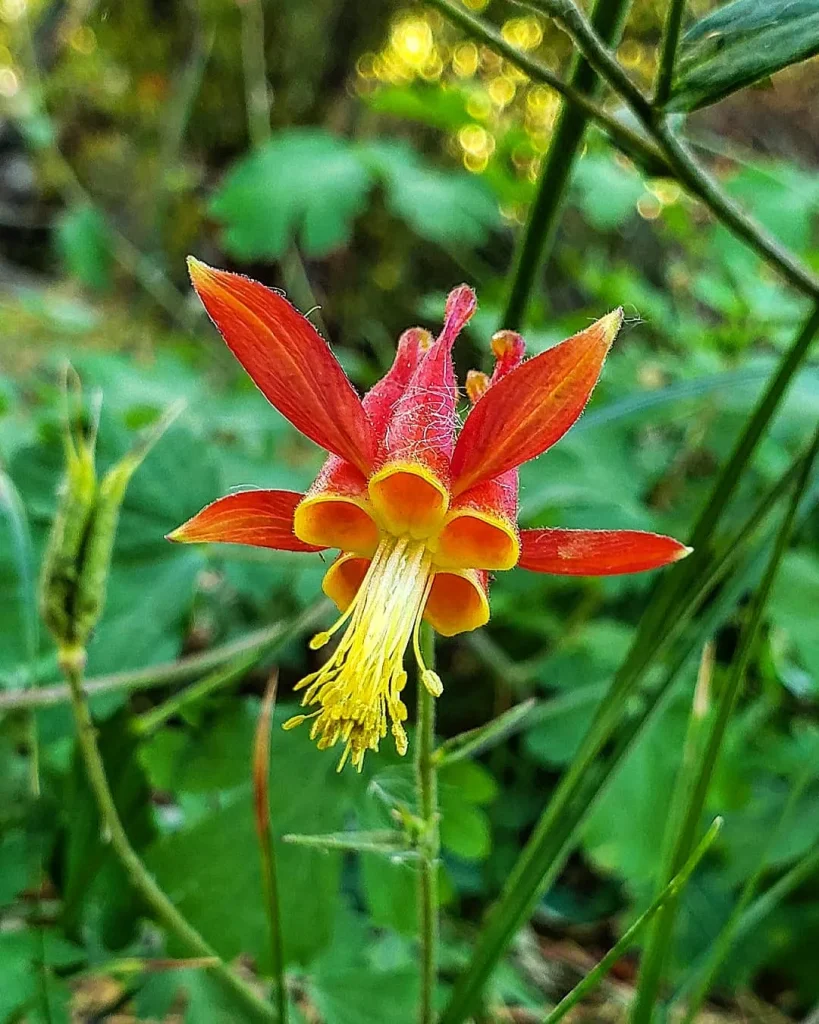
Unveiling the Western Sword Fern: A Gardener’s Guide to Polystichum Munitum
For years, the lush greenery of the Western Sword Fern (Polystichum munitum) has graced my garden. Its bold, upright fronds and enduring presence have made it a favorite. But beyond its visual appeal, this fern offers a surprising amount of adaptability and ease of care. Today, I want to share my experiences with this remarkable plant and answer some of the most common questions I’ve encountered.
Can I Plant Herbs Next to Polystichum Munitum?
Absolutely! The Western Sword Fern thrives in moist, well-drained soil, conditions that many herbs appreciate as well. In fact, the fern’s shade-providing nature can be beneficial for some herbs that prefer indirect sunlight, like parsley, cilantro, and chives. Just be mindful of spacing – give your herbs enough room to grow without crowding the fern’s root system.
How to Pronounce Polystichum Munitum?
This botanical name can be a tongue twister! Here’s a breakdown:
- Poly (rhymes with “holly”)
- stichum (pronounced “STEK-ih-kum”)
- munitum (pronounced “myoo-NEE-tum”)
So, the entire name is pronounced “poh-li-STIK-ih-kum myoo-NEE-tum”.
Is Polystichum Munitum Edible?
While some ferns are edible, the Western Sword Fern is not. Its fronds contain compounds that can cause stomach upset if ingested. It’s best to admire its beauty and leave the nibbling to dedicated salad greens.
Is Polystichum Munitum Toxic (to pets)?
The good news is that the Western Sword Fern is generally considered non-toxic to pets according to the American Society for the Prevention of Cruelty to Animals (ASPCA). However, it’s always best to supervise pets around any new plant introduction, just in case of excessive chewing.
How to plant Polystichum Munitum?
This fern is a low-maintenance champion. Here’s what you need to know:
- Light: Prefers part shade to full shade.
- Soil: Moist, well-drained soil rich in organic matter is ideal.
- Watering: Water regularly, especially during hot weather, to keep the soil consistently moist but not soggy.
- Fertilizer: A light application of balanced fertilizer in spring can promote healthy growth.
- Hardiness: Western Sword Ferns are generally hardy in zones 5-8.
Propagating Polystichum Munitum
Sharing the beauty of this fern is easy! Here are two methods for propagation:
- Spores: This method requires patience, but it’s rewarding. Collect mature sori (brown spots) from the underside of fronds and sow them in a moist, sterile medium.
- Division: Carefully divide established clumps in spring or fall. Ensure each division has a healthy crown and roots.
What to Plant with Polystichum Munitum?
The Western Sword Fern’s versatility allows it to shine in various garden settings. Here are some ideas:
- Shade companions: Hostas, ferns, hellebores, and coralbells create a lush tapestry of texture and color.
- Woodland edges: Mimic a natural woodland by planting the fern alongside native wildflowers and shrubs.
- Containers: Showcase the fern’s dramatic form in a pot on a shady patio or porch.
With its architectural beauty and easygoing nature, the Western Sword Fern is a welcome addition to any garden. So, embrace the lush greenery and bring a touch of the Pacific Northwest to your own backyard!
If i die, water my plants!



